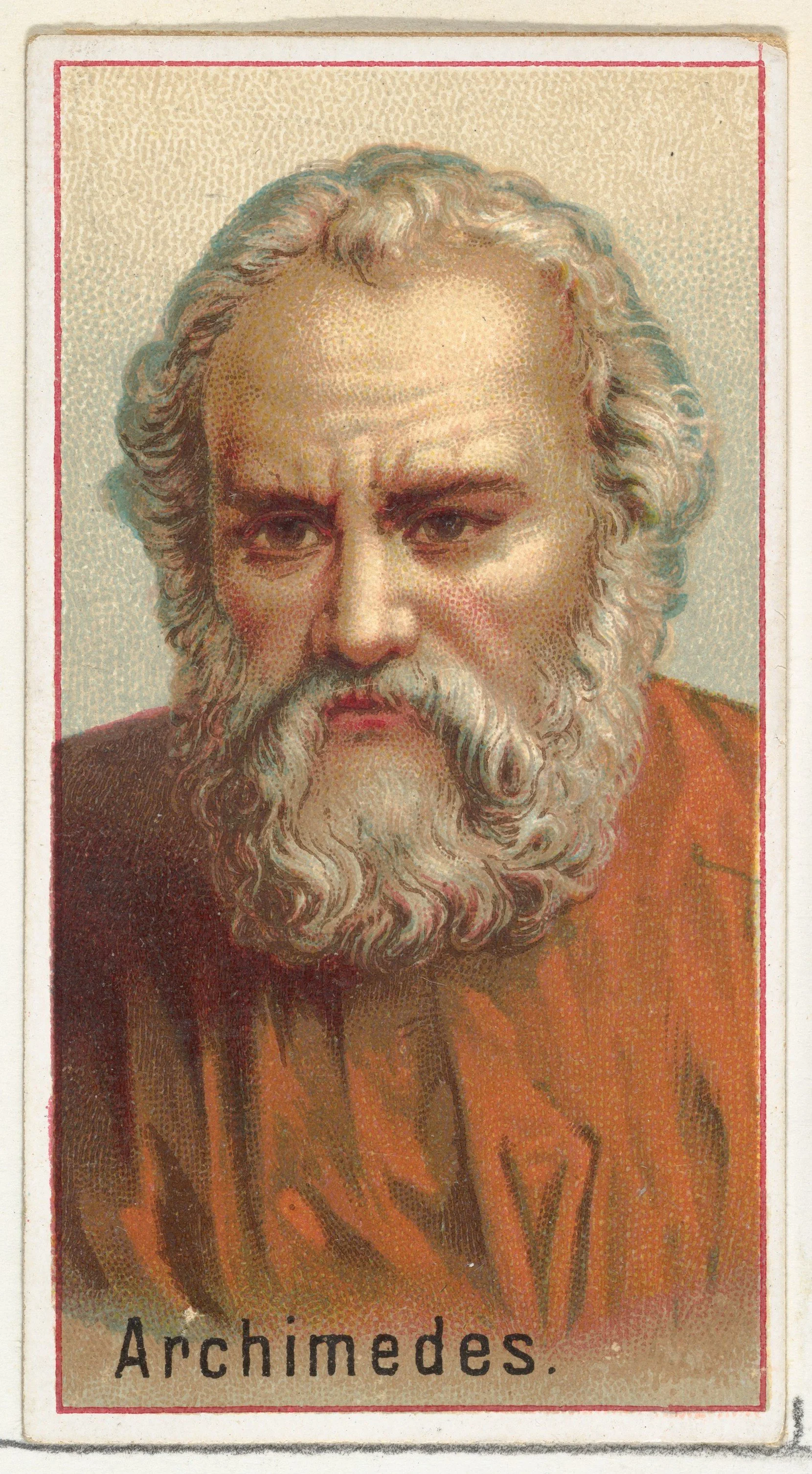What stories can do for your business
StoryCorp has spent years helping businesses tell better stories, working with professionals who want to win customers, align employees, change behaviour, attract investment, and preserve know-how. Here are a few things we’ve learned from our work at places like Lululemon, Sun Life Financial, and Loblaws, along with some quick proof from case histories across B2C, B2B, and social enterprise.
Stories make messages stick
Sometimes it’s a heartfelt origin story, like TOMS and its “one-for-one” philosophy that contributed to demand outpacing inventory by 9X. Other times, it’s Dropbox’s two-minute explainer video—pairing a brilliant “magic pocket” analogy with a story of “Josh’s trip to Africa”—which converted tech abstractions into a concrete understanding of the product and its benefits.
Stories earn attention
In the UK, the John Lewis department store releases an annual Christmas ad that people wait for and share. Check out the 2025 edition, an elegant, nearly wordless story about the connection between father and son, with a beautiful (and unapologetically commercial) message: “If you can’t find the words, find the gift.”
Stories build trust
StoryCorp once worked with a marketing team facing a major decision to “align on a go-forward recommendation” about an underperforming brand. Should the company (A) Keep the entire brand; (B) Keep only the top 3 SKUs in that category; or (C) Cut their losses and kill the entire brand?
The manager had prepared a 23-page analytics-heavy slide deck for the upcoming strategic proposal. The presentation was technically solid, but she wanted to make things a little more interesting. She was afraid of being coherent but boring. She hoped that a storytelling approach might help keep her audience engaged—and increase buy-in for her recommendation, which was (C) Cut their losses and kill the entire brand (a decision she viewed as drastic but necessary).
Her audience was impatient and savvy, so she needed a story that not only would resonate, but would do so quickly. With StoryCorp’s help, she chose a little-known story of Warren Buffett’s biggest business mistake: investing in Berkshire Hathaway.
In the early days, when Berkshire Hathaway was still a textile manufacturer, Buffett spent billions throwing good money after bad instead of cutting his losses and shuttering the textile business.
It’s a great story that she was able to tell in just under 30 seconds.
It had an obvious resonance with her recommendation, and helped frame all the information that followed.
Stories simplify complexity
Xerox’s Eureka was a global “fix-story” database, a peer-reviewed system where field technicians shared their own repair stories so colleagues worldwide could reuse them.
When a technician figured out a clever fix that wasn’t in the manual—a loose connector, a weird network interaction, an aging-machine quirk—they could write it up as a “tip” in Eureka.
The program began in 1994. By the early 2000s, Eureka had saved over $100 million from over 35,000 tips, like the one about the 90-cent part that saved a $40,000 machine.
A customer in Brazil was having persistent problems with a Xerox DocuColor 40 copier/printer. Local technicians were on the verge of replacing the entire machine, when one of the techs in São Paulo consulted Eureka. There they found the story of a Canadian technician suggesting they replace a 90-cent connector. They swapped it out, the machine worked, and the tip was ultimately sent back to manufacturing so the issue could be fixed at the source.
Stories enliven data (and sometimes replace it altogether)
“When the data and the anecdotes disagree, the anecdotes are usually right.”
—Jeff Bezos
Jeff Bezos shares a concrete example in the above video: “We had metrics that showed that our customers were waiting less than 60 seconds when they called a 1-800 number to get customer service. We had a lot of complaints that it was longer than that, and anecdotally it seemed longer than that. So one day we’re in a meeting, we’re going through the Weekly Business Review, and we get to this metric in the deck. The guy who leads customer service is defending the metric, so I said, ‘Okay, let’s call.’ I picked up the phone and dialed the 1-800 number, and we just waited in silence for a really long time, more than 10 minutes. It dramatically made the point that something was wrong with the data collection. We weren’t measuring the right thing.”
Stories unlock capital and partnerships
It was the story of a cereal box that persuaded Paul Graham to invest in Airbnb. That investment turned out to be a legendarily smart decision, but not all investors understood what the cereal story meant—at least not without the benefit of hindsight. Listen to Fred Wilson, the famous Venture Capitalist, explain:
When you walk into our conference room at Union Square Ventures, you see the box of cereal on the right on our conference room credenza next to a wifi router and a jar of Jolly Ranchers. It is there because we are big Obama fans? Nope. The cereal box is a reminder to back great entrepreneurs whenever they walk into our office regardless of what they pitch us on (as long as it’s in our investment universe).
The Airbnb founders came out of the winter 2009 Y Combinator class. They came to see us during their time at YC. They told us about a great stunt they pulled at the Democratic Convention in Denver (in which Obama was nominated). They bought a bulk supply of generic cheerios and made up these cereal boxes to generate seed capital for their startup. Here's how one of the founders Joe Gebbia describes it:
We made 500 of each (Obama O's and Cap'n McCains). They were a numbered edition on the top of each box, and sold for $40 each. The Obama O's sold out, netting the funds we needed to keep Airbnb alive. The Cap'n McCains… they didn't sell quite as well, and we ended up eating them to save money on food.
I asked them if they'd leave a box of the cereal for us and it has been sitting in our conference room ever since. Whenever someone tells me that they can't figure out how to raise the first $25,000 they need to get their company started I stand up, walk over to the cereal box, and tell this story. It is a story of pure unadulterated hustle. And I love it.
At that time, Airbnb was a marketplace for air mattresses on the floors of people's apartments. Thus the name. They had ideas for taking on other listings but they had not yet made much progress on them.
We couldn't wrap our heads around air mattresses on the living room floors as the next hotel room and did not chase the deal. Others saw the amazing team that we saw, funded them, and the rest is history. Airbnb is well on its way to building the "eBay of spaces." I'm pretty sure it will be a billion dollar business in time.
We made the classic mistake that all investors make. We focused too much on what they were doing at the time and not enough on what they could do, would do, and did do. I am proud that our portfolio is full of companies where we saw the vision before other investors did and backed a great team. But we don't always get it right. We missed Airbnb even though we loved the team. Big mistake. The cereal box will remain in our conference room as a warning not to make that mistake again.
Stories change customer perception
When Nike backed a world-record attempt at the four-minute mile, it didn’t just rely on beautiful photography and video testimony from famous runners—it told a story, in long form, to make sure its customers knew where the attempt was coming from, and why it wouldn’t matter if it failed (which it did). Here’s how the story began, orienting us in time and place and with a gentle suspense:
A few minutes before sunrise on a chilly Thursday morning in mid March, a crowd of local runners waits patiently at the gates to the Global Sports Communication Camp in western Kenya to join the resident athletes on their weekly long run. The route can range from 20 to 40 kilometers, depending on where the professionals are in their training schedule. Today’s workout covers 30 kilometers of an out-and-back, the locals doing their best to match the blistering pace, splintering off along the way. At the center of this rarefied team is one of the greatest track and field athletes of all time: Faith Kipyegon.
The sky, a deep, dark violet, becomes daubed with pink as the sun creeps up. The air smells sweet with woodsmoke and eucalyptus. At 6 o’clock sharp, the runners set off, their feet pattering against the red dirt road in a flash of neon pink, orange and yellow. They run in focused silence, eyes straight ahead, yet still gesturing almost imperceptibly to one another to signal a pothole or obstruction or to shift the formation of the group. The only other sounds are the sudden noisy chirrups of birds, the occasional braying of cattle, and the thunder of traffic as it races past, another day in rural Kenya beginning in earnest. On the route, the pack of runners pass children walking to school, their outsize rucksacks bouncing up and down on their tiny backs. This, in fact, is how Faith Kipyegon — a three-time Olympic champion in the 1,500-meter, the world record holder in the mile, 15 years a Nike athlete, and a once-in-a-generation talent — got her start.
Stories change perception inside companies, too
By the early 2010’s, Microsoft had a well-deserved reputation for a harsh, internally competitive “know-it-all” culture. When Satya Nadella became CEO in 2014, he didn’t start with a new slogan or a corporate re-org. He started with telling the story — in his book, in town halls, in interviews — about raising his son Zain, who has cerebral palsy, and how this experience fundamentally rewired his sense of empathy.
Nadella described learning to “see the world through his son’s eyes” and explained how the empathy he gained through fatherhood was one of the biggest leadership lessons of his life. This was one of his motivations behind moving Microsoft from a culture of “know-it-alls” to “learn-it-alls.”
The story built trust by normalizing vulnerability. If the CEO can say “I had to learn empathy,” everyone else in the organization can admit to themselves that they don’t know everything, either. The story also aligned with Microsoft’s refreshed mission at the time (“empower every person and every organization on the planet to achieve more”), so that Nadella’s personal perspective reinforced the broader corporate direction, and helped with a visible culture shift toward more collaboration, less fear of failure, and a stronger appetite for learning.
Is this all we’ve learned?
The above points apply generally across many businesses, but StoryCorp has worked with all kinds of organizations. We offer many storytelling training services to meet a variety of needs. Whether it’s a keynote, a workshop, or a longer course, get in touch to plan your training—and see what stories can do for your business.




